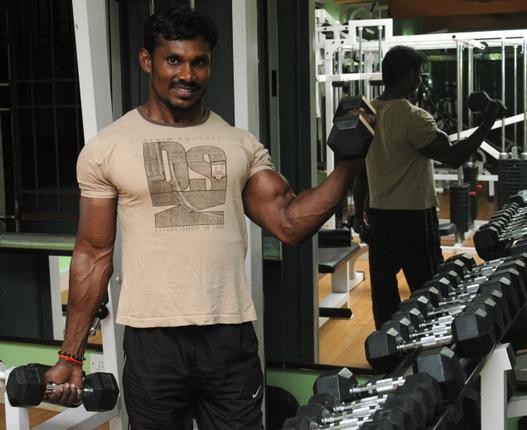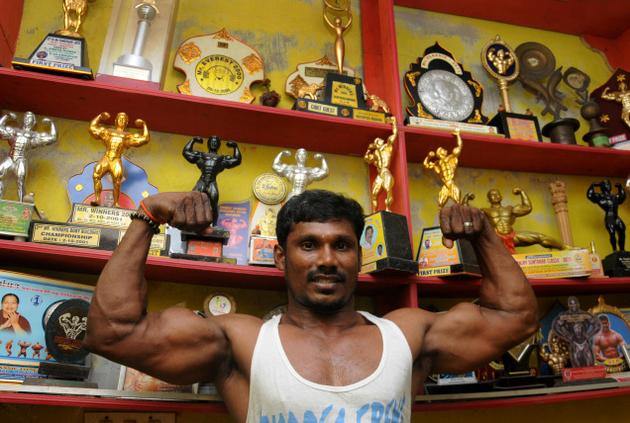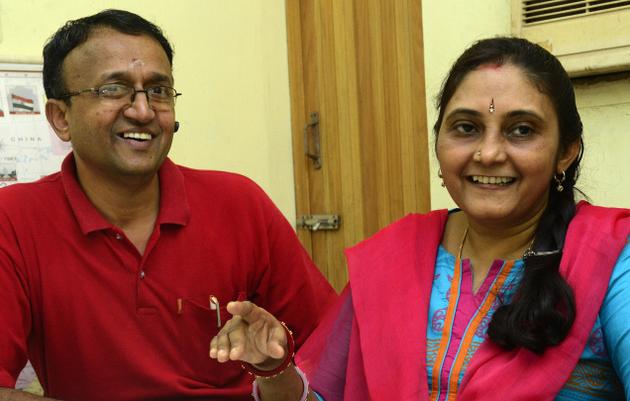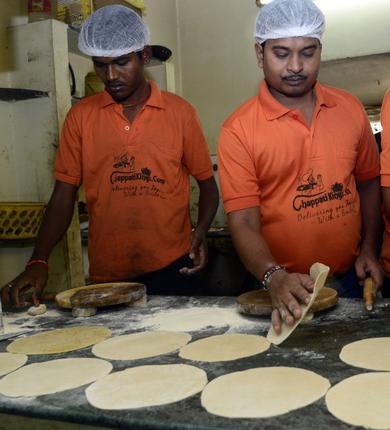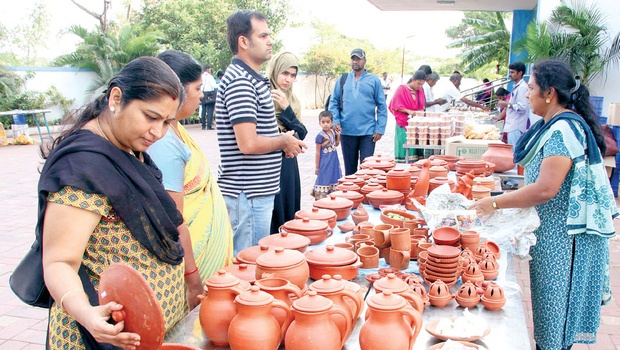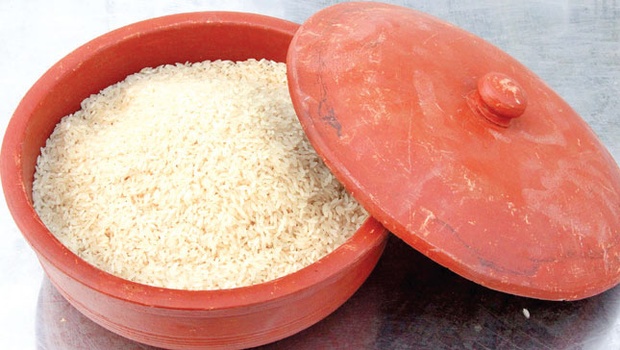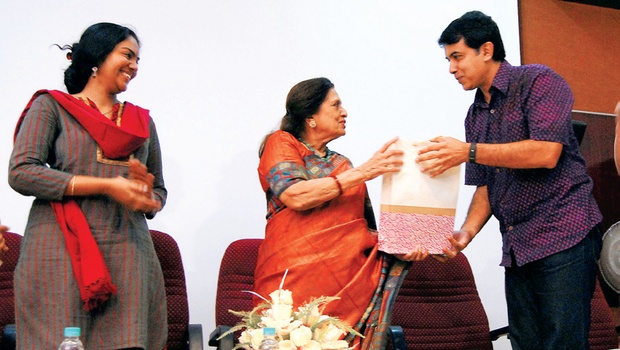Chennai :
The wholesale market complex in Koyambedu which supplies fresh produce for the city will soon supply fuel to cook the produce.
The biomethanation plant, which has been generating electricity from vegetable waste, will now also use waste from slaughterhouses, hotels, treated sewage sludge and banana stems to supply biogas to neighbouring houses.
Chennai Metropolitan Development Authority (CMDA), which set up the biogas plant along with CSIR-Central Leather Research Institute, will work on upgrading the existing plant. The upgrade, which will be done after feasibility tests, is expected to cost around 10 lakh.
“We have suggested to Tamil Nadu Pollution Control Board and Corporation of Chennai on setting up an integrated solid waste management plant where we can use other waste from hotels along with the existing waste. We will also explore the feasibility of using banana stem to produce biogas,” said P Shanmugam, principal scientist, CSIR-CLRI.
The plant, which started in 2006 and operated through a private agency, had been generating biogas which was converted into electricity through an engine. With the market complex generating 30 tonnes of waste daily, the plant was producing between 500 units and 4,000 units of electricity. But since its launch, the plant faced glitches with the engine failing and for a few years, the biogas was not put to any use.
“The engine will be removed and the biogas will be supplied to people. No other plant in the country has made such an attempt to supply directly to households,” the scientist added. “In Delhi, biogas is being bottled for use in vehicles but not houses.”
With the present 30 tonnes of waste generating about 2,400 cubic meters of biogas, a CMDA official says the fuel can be supplied to about 2,000 households.
“It is a concept of developing wealth from waste.
We took up this initiative and submitted a proposal to the CMDA. The effort will help bring down the greenhouse gas emissions, groundwater contamination and odour problems due to open dumping,” said CSIR-CLRI director Asit Baram Mandal.
Apartment complexes near the plant have been identified for the direct supply of biogas and officials plan to approach the residents and conduct a workshop. They will also check the feasibility of supplying gas either through pipeline or bottling it. Officials said the corporation also showed interest in converting slaughterhouse waste and hotel waste to biogas fuel. Before it can be supplied to households, biogas will be subjected to a procedure where the carbon-dioxide and hydrogen sulphide content is removed and the overall pressure compressed.
source: http://www.timesofindia.indiatimes.com / The Times of India / Home> City> Chennai / TNN / February 19th, 2015
